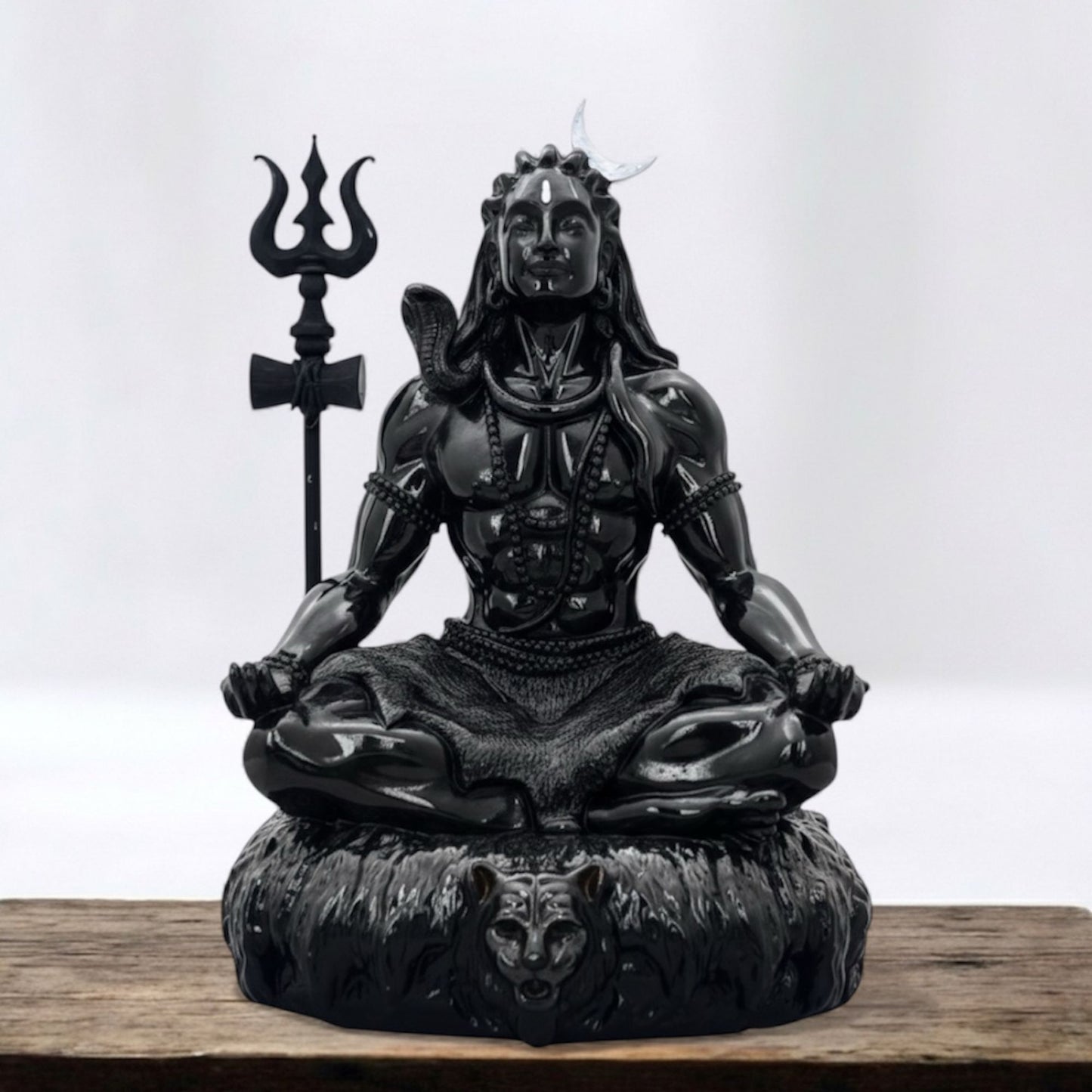Who Are The 11 Rudra Avatars Of Lord Shiva? The Mysteries Unveiled.
Lord Shiva, one of the principal deities of Hinduism, is revered as the destroyer and transformer within the Trimurti, the Hindu trinity that includes Brahma and Vishnu. Shiva is a complex god with many facets and forms, each representing different aspects of his nature and powers.
Among his numerous manifestations, the Rudra Avatars are particularly significant. These avatars are described in various ancient texts and Puranas, illustrating Shiva's diverse roles in the cosmos.
This article delves into the 11 Rudra Avatars, exploring their significance, characteristics, and stories.
1. Kapali
Kapali is often depicted as a fierce and ascetic form of Shiva. In this avatar, Shiva embodies the aspect of a skull-bearer (kapala), which signifies the transient nature of life and the inevitability of death. The image of Kapali is commonly associated with the cremation grounds, a stark reminder of the cycle of life and death.
2. Pingala
Pingala is the golden-yellow form of Shiva, symbolizing the sun and the life-giving energy it provides. This avatar represents vitality, radiance, and the dynamic energy that sustains life. Pingala is also associated with the Pingala Nadi, one of the three main channels of the subtle body in yoga, representing solar energy.
3. Bhim
Bhim, or Bhima, is the terrifying and gigantic form of Shiva. This avatar embodies immense strength and power, capable of destroying evil and protecting righteousness. Bhim is often invoked for courage and protection against adversaries.
4. Virupaksha
Virupaksha, meaning "the one with oblique eyes," represents the all-seeing aspect of Shiva. This form emphasizes Shiva's omnipresence and omniscience. Virupaksha is often associated with spiritual insight and the ability to perceive beyond the physical realm.
5. Vilohita
Vilohita, the red one, represents the passionate and fierce nature of Shiva. This avatar is associated with the element of fire and the transformative power of destruction and renewal. Vilohita signifies the intense energy that can both create and annihilate.
6. Ajapada
Ajapada is the form of Shiva depicted as a goat-herder. This avatar emphasizes humility, simplicity, and the pastoral aspects of life. Ajapada signifies the nurturing and protective qualities of Shiva, caring for all beings like a shepherd tending to his flock.
7. Ahirbudhnya
Ahirbudhnya, the serpent of the depths, represents the latent and mysterious forces of the universe. This avatar is connected with the primordial waters and the subconscious mind. Ahirbudhnya signifies the hidden powers that lie beneath the surface of consciousness.
8. Shambhu
Shambhu, meaning "the beneficent," is the benevolent and gentle form of Shiva. This avatar is often associated with peace, compassion, and the bestowal of blessings. Shambhu signifies the aspect of Shiva that is approachable and nurturing, providing solace and support.
9. Chand
Chand, the fierce, is a wrathful form of Shiva. This avatar represents the power to overcome and destroy evil forces. Chand is invoked for strength and the ability to face challenges with determination and fearlessness.
10. Bhava
Bhava, meaning "existence" or "being," represents the essence of life itself. This avatar emphasizes Shiva's role as the source and sustainer of all life. Bhava signifies the continuity and presence of divine energy in every aspect of the universe.
11. Kapardi
Kapardi, the one with matted hair, symbolizes the ascetic and meditative aspects of Shiva. This avatar is often associated with renunciation, spiritual discipline, and the quest for enlightenment. Kapardi signifies the withdrawal from worldly attachments and the pursuit of higher spiritual truths.
Significance of the Rudra Avatars
The Rudra Avatars of Shiva highlight the multifaceted nature of the divine, illustrating how one deity can embody numerous roles and attributes. Each avatar serves as a reminder of the diverse ways in which the divine presence manifests in the world.
These forms of Shiva provide a comprehensive understanding of his powers and qualities, from fierce protector to gentle benefactor, from cosmic destroyer to nurturing shepherd.
In Hinduism, the concept of avatars underscores the belief in the divine's ability to incarnate and interact with the world in various forms. The Rudra Avatars, in particular, emphasize Shiva's integral role in maintaining the balance of the universe through creation, preservation, and destruction.
Conclusion
The 11 Rudra Avatars of Lord Shiva offer a profound glimpse into the complexity and depth of his character. Each avatar embodies distinct qualities and functions, contributing to a richer understanding of Shiva's place within the Hindu pantheon.
Through these diverse manifestations, Shiva exemplifies the dynamic and multifarious nature of the divine, capable of encompassing all aspects of existence and beyond.
Also Read: Why Is Lord Shiva Is Blue






